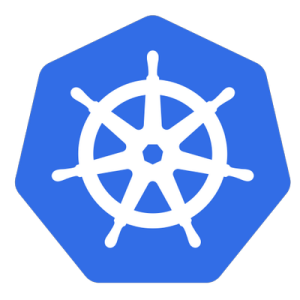For Kubernetes, I'm mainly developing blueprints for both dedicated AKS and Azure AKS. Those are the main use cases.
Currently, our dedicated AKS Blueprint is the one used in production and is fairly stable. We work on a shared AKS site use case, primarily for cost reduction and maximizing cloud investment.
I'm a vendor and provider for my client. That's my main role under this group. We provide an end-to-end lifecycle, not just spinning things up but also providing other sub-components to complete the building of an AKS product. We can customize it based on client requirements.
One of the most significant improvements we've seen is in the area of dedicated AKS clusters. It's become much more team-efficient because of the use of blueprints. With blueprints, you have everything you need, from IAC infrastructure support to spinning up your AKS deployment to the deployment of Kubernetes operators like search-manager for TLS lifecycle management and other integration operators for products that require them. And it goes beyond that with application deployment as well.
It's a plug-in type approach, so if I want to integrate a monitoring tool like a data-managed log, I can just set it through and rerun the blueprint. It automatically populates all the necessary parameters and variables before running it.
Lastly, there are the operational playbooks for things like upgrading your cluster, restarting it, scaling, and patching software. So, basically, think of it as a single unit deployment that contains all the roles you need to perform your AKS lifecycle end-to-end.







